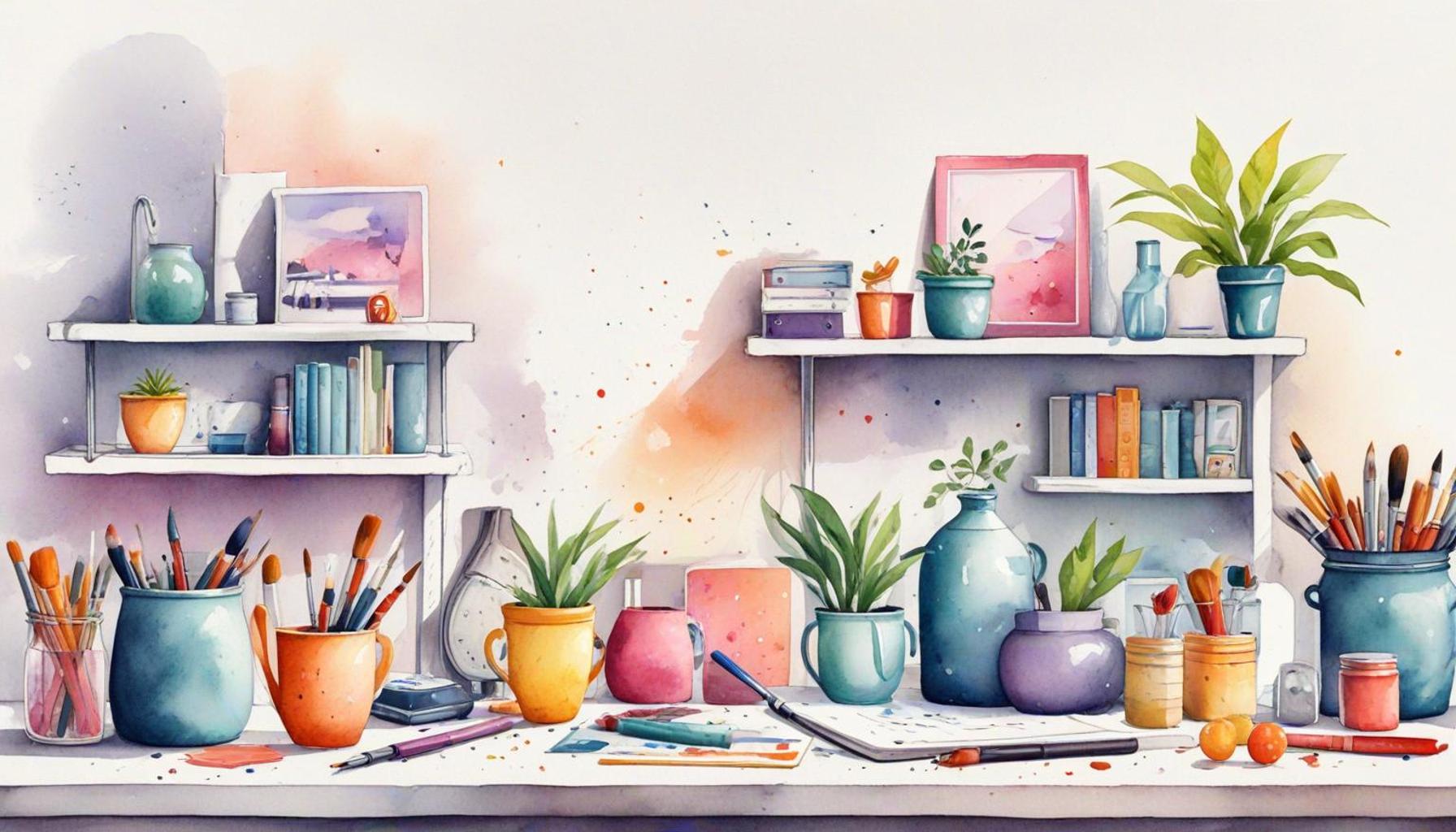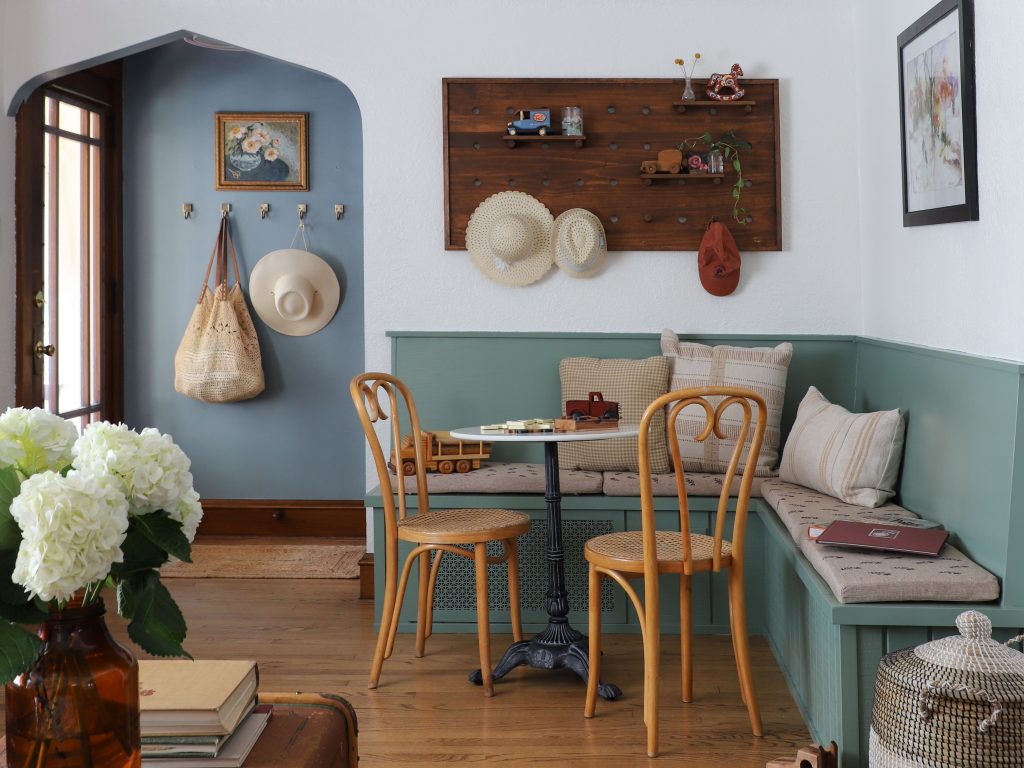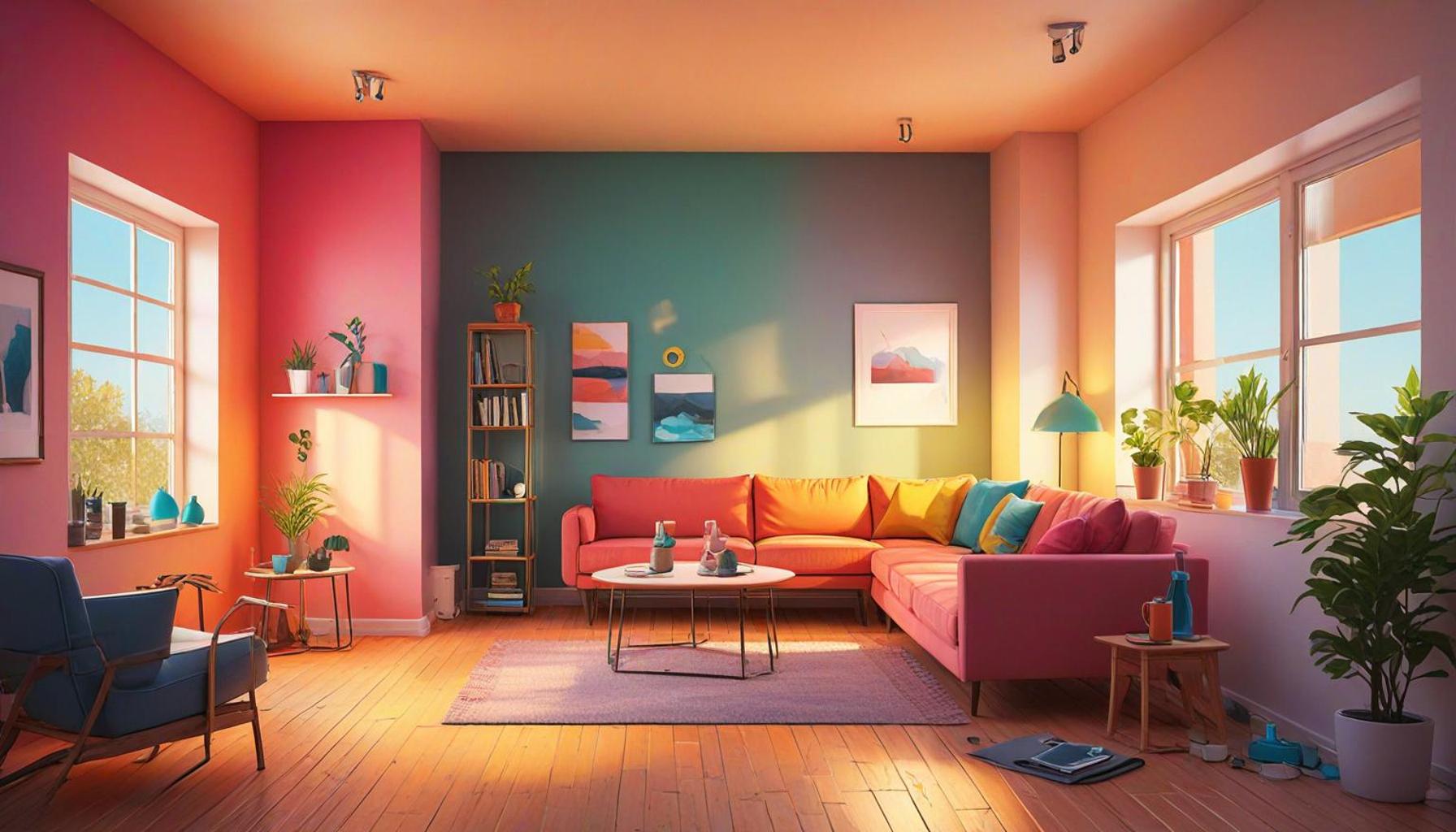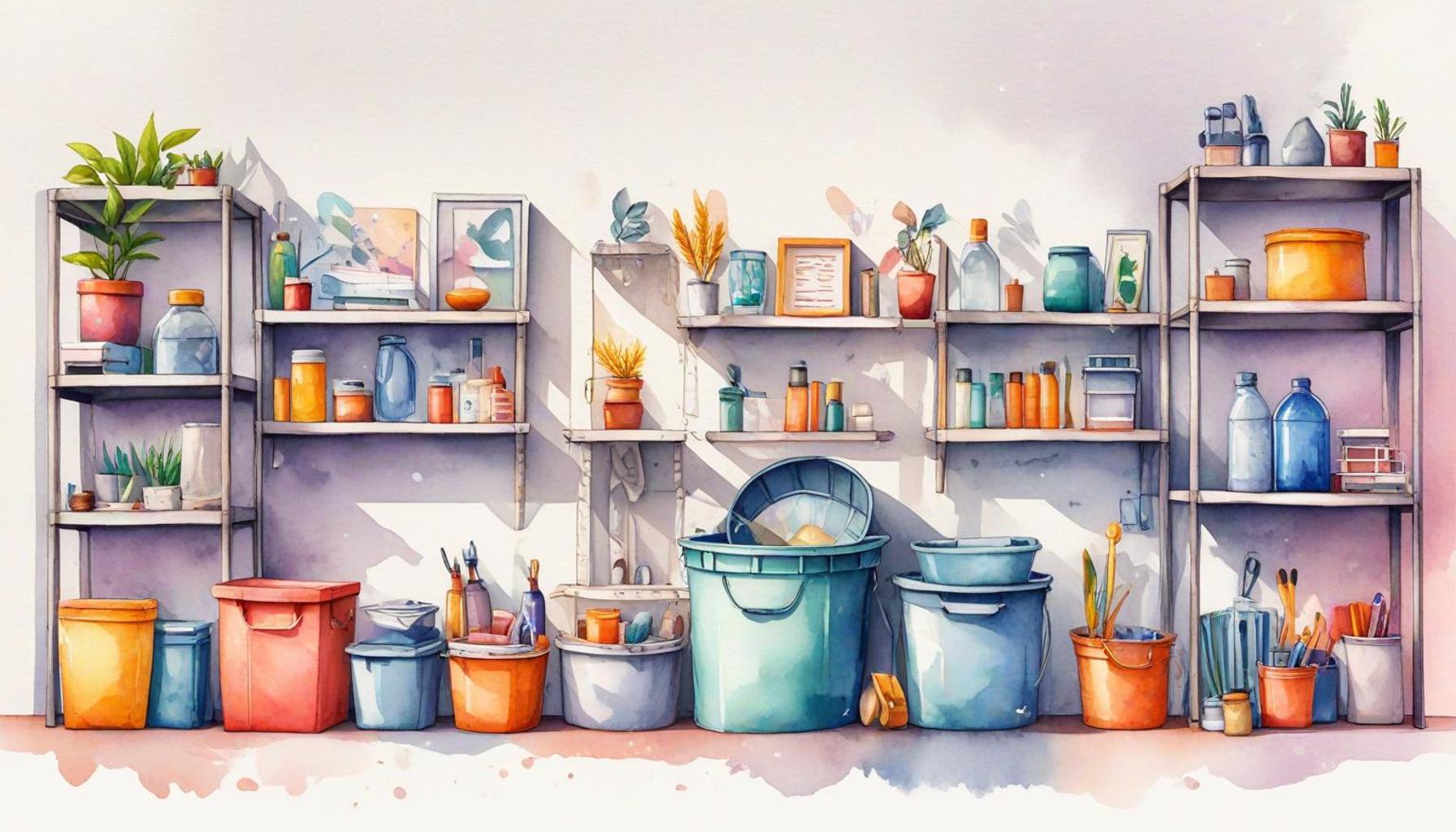Minimalist Organization: Strategies for Creating Functional and Clutter-Free Spaces

Embrace Minimalist Organization
In today’s fast-paced world, minimalist organization has emerged as a vital strategy for reclaiming control over our living and working environments. Clutter can overwhelm our minds and spaces, preventing us from focusing on what truly matters. By adopting minimalist principles, we can create functional and peaceful areas that enhance productivity and well-being.
Why Minimalist Organization Matters
Many Americans are beginning to recognize the benefits of minimalist organization, which include not only physical spaces but also mental clarity. With the rising awareness of mental health, reducing clutter has become essential for maintaining a balanced life. Some key advantages of a minimalist space are:
- Reduced Stress: A clutter-free zone promotes calmness and mental clarity. Studies have shown that people feel less anxious and more focused in organized environments, as they are less distracted by their surroundings.
- Improved Efficiency: An organized space makes it easier to locate items, saving precious time. For instance, a neatly arranged kitchen can drastically cut down on meal preparation time, allowing home chefs to focus on creativity rather than searching for utensils.
- Simplified Living: Fewer possessions lead to less maintenance and more freedom. Imagine owning only versatile clothing that mixes and matches easily; it not only simplifies decision-making but also enhances personal style.
However, the journey towards a decluttered lifestyle requires commitment and strategy. Embracing the minimalist philosophy can lead to transformative changes in how we interact with our environment, fostering a deeper sense of appreciation for the things we choose to keep in our lives.
Getting Started with Minimalism
To embark on this organizational journey, consider implementing the following strategies:
- Evaluate Your Belongings: Regularly assess what you truly need versus what is excess. For example, if you haven’t worn a piece of clothing in over a year, it might be time to let it go. This evaluation not only clears space but also encourages mindful purchasing in the future.
- Establish Functional Spaces: Designate areas for specific activities to prevent clutter accumulation. Creating a defined work-from-home area with only the necessary tools can aid in maintaining focus, separating work from leisure.
- Limit New Acquisitions: Adopt a one-in, one-out policy to maintain your target level of belongings. This rule ensures that every new item added to your home serves a purpose and reminds you to be intentional about your choices.
Ultimately, understanding and implementing these minimalist organization strategies can lead you not only to a cleaner space but also to a clearer mind. By prioritizing simplicity in our lives, we open up opportunities for greater appreciation and intentional living. Join the journey to explore the profound effects of living simply and intentionally, and you may discover a newfound sense of freedom and tranquility in the process.

DISCOVER MORE: Click here to enhance your daily mindfulness
Embracing the Minimalist Mindset
At the core of minimalist organization lies a transformative mindset, one that values quality over quantity and prioritizes functionality in our living and working spaces. This approach isn’t just about getting rid of items; it’s about rethinking our relationship with belongings. A minimalist mindset encourages individuals to focus on what adds value to their lives while letting go of excess. By fostering this mentality, we can create spaces that are not only aesthetically pleasing but also optimally functional.
Understanding the Power of Intentionality
Intentionality is a fundamental principle of minimalist organization. It involves being deliberate about the items we choose to keep and the spaces we design. When you surround yourself with things that truly resonate with you—whether it be cherished family heirlooms or thoughtfully designed furniture—a sense of harmony can prevail. This leads to a more peaceful atmosphere. Consider these key aspects related to intentional living:
- Mindful Purchasing: Before making a purchase, ask yourself if the item serves a clear purpose or adds significant value to your life. Does it align with your lifestyle and aesthetic? This scrutiny promotes better decisions and reduces future clutter.
- Quality Instead of Quantity: Investing in high-quality, versatile items means fewer replacements down the line and less overall clutter. For example, instead of acquiring multiple low-quality items, consider purchasing a few durable essentials that meet your needs effectively.
- Emotional Attachment: When decluttering, assess the emotional significance of each item. It’s natural to feel sentimental about certain possessions, but evaluate if they serve a current purpose or if they are simply keeping you tethered to the past.
By adopting an intentional mindset, you will begin to see not only the physical space around you transform, but also your mental landscape. This approach allows for greater focus, creativity, and a sense of organization that enhances productivity. Furthermore, tuning into your emotional ties with items can liberate you from the burden of holding onto unnecessary possessions.
Creating Zones That Serve Purpose
Strategically designing your spaces can drastically improve organization. Here are ways to develop functional areas tailored to your needs:
- Define Spaces: Clearly identified zones for work, relaxation, and hobbies help compartmentalize tasks and maintain focus. For instance, an inviting nook for reading can inspire you to disconnect and engage with books, free from distractions.
- Functional Furniture: Opt for furnishings that promote organization—think coffee tables with storage space or beds with under-bed drawers. These multifunctional pieces are invaluable in maintaining a tidy atmosphere.
- Visual Appeal: A well-structured environment that follows a cohesive color palette and design ethos not only looks appealing but also uplifts mood. This visual harmony is essential for a peaceful living experience.
In embracing minimalism through intentional design, you will cultivate a space that supports both your lifestyle and well-being. The journey toward minimalist organization may challenge your preconceived notions of “stuff,” but the resulting clarity and functional beauty are well worth the effort.
| Advantages | Description |
|---|---|
| Enhanced Productivity | A clutter-free environment fosters focus and allows for better time management, thus enhancing overall productivity. |
| Reduced Stress | A minimalist approach can significantly decline anxiety levels, as fewer distractions lead to a more calm and organized state of mind. |
| Improved Aesthetics | Simple decoration and fewer items create a more visually appealing space, which can positively influence your mood and creativity. |
| Easy Maintenance | Minimized belongings mean less time spent cleaning, resulting in more free time for activities you enjoy. |
In the realm of minimalist organization, understanding the profound effects this lifestyle can exert on personal and professional aspects is crucial. When integrating strategies that promote organization and decluttering, the benefits extend far beyond the visual appeal. For example, the direct correlation between an organized space and an individual’s productivity is highly valuable. The practice of decluttering transcends mere aesthetics; it aligns closely with well-being and functionality, inviting you to explore the multifaceted impacts of minimalism on daily living. The potential for a more productive, fulfilling, and serene life awaits those willing to embrace these strategies.
DIVE DEEPER: Click here to discover more
Mastering the Art of Decluttering
One of the most effective strategies in achieving minimalist organization is mastering the art of decluttering. This process can seem daunting at first, but with the right techniques and mindset, it can transform your space and liberate your mind. A well-executed decluttering session can reduce anxiety and facilitate a more serene living environment. Here are actionable methods to declutter effectively:
The Four-Box Method
This systematic approach divides your items into four categories: keep, donate, trash, and relocate. By physically sorting possessions into these boxes, you gain clarity about what items truly serve a purpose in your life. Here’s how it works:
- Keep: Only those items you regularly use or have significant sentimental value should remain in your space.
- Donate: Items in good condition but no longer serve you can benefit others. Check local charities or community organizations that welcome such contributions.
- Trash: Broken or unusable items should be disposed of, allowing for a cleaner space without clutter.
- Relocate: If an item doesn’t belong in the room you’re currently decluttering, place it in the relocation box for its proper home.
This process encourages mindful decisions about your belongings, allowing for easier organization moving forward.
The One-Year Rule
Another effective technique is the One-Year Rule. If you haven’t used an item in the past year, it’s likely that you won’t use it in the future. This timeframe helps to assess the necessity of various items and can lead to significant reductions in clutter. Keep in mind:
- Seasonal Necessities: While some items are not used frequently, consider pieces essential for seasonal activities, such as holiday decorations or seasonal clothing.
- Keep the Versatile: Ensure that items you do keep are versatile and have multiple uses, increasing their value in your home.
Digital Decluttering
Minimalism isn’t limited to physical items; it also extends into the digital realm. Our devices often harbor clutter, creating distractions that can impact productivity. A thorough digital decluttering session can include:
- Email Subscription Audit: Unsubscribe from unnecessary newsletters and promotional emails to achieve a cleaner inbox.
- File Organization: Organize your digital files systematically, utilizing folders and cloud services to store essential documents easily. Consider implementing a consistent naming convention for easy retrieval.
- Photo Management: Create a process for sorting, storing, and regularly deleting unwanted photos, maintaining only those that hold memory or value.
Tackling digital clutter not only improves your efficiency but also supports a minimalist lifestyle by streamlining information and reducing distractions.
Establishing a Maintenance Routine
Once you’ve achieved a decluttered space, maintaining it is crucial. Establishing a routine can prevent clutter from accumulating again. Consider these strategies:
- Daily Tidying: Dedicate 10-15 minutes each day to put items back in their designated spaces and tackle any small messes.
- Weekly Inventory: Take a moment each week to evaluate your spaces and ensure that everything is in order. Recognize new items that may require a decluttering decision.
- Monthly Purge: Schedule a monthly review where you assess items for potential removal. Consistency will ensure that your home remains uncluttered.
Through these strategies, you can enjoy the lasting benefits of minimalist organization, resulting in not just a cleaner space but a more focused and engaged mindset.
DISCOVER: Click here to find your daily serenity
Conclusion: Embracing Functional Minimalism
In a world where consumerism often leads to overwhelming clutter, adopting minimalist organization can serve as a refreshing remedy. The strategies discussed, such as the Four-Box Method and the One-Year Rule, empower individuals to make intentional choices about their belongings, ultimately fostering a calming and functional space. By applying these techniques, anyone can discover the profound benefits that come from a life with less distraction and more clarity.
Moreover, embracing minimalist practices extends beyond the physical realm into our digital lives. The effects of digital decluttering can heighten productivity and efficiency, revealing how interconnected our physical and digital environments are. As our lives become increasingly technology-driven, maintaining an organized digital landscape becomes as crucial as a decluttered home.
Establishing a maintenance routine is essential for sustaining your minimalist efforts. It is through consistent small habits that clutter can be kept at bay, ensuring that your space remains a sanctuary of simplicity and focus.
Ultimately, minimalist organization is not merely about removing items but rather a mindset that values quality over quantity. By adopting these strategies, individuals can create spaces that are not just clutter-free but also inspire creativity, productivity, and well-being. Dive into the journey of minimalist organization today, and experience the enriching transformation that a harmonious, functional space can bring to your life.


